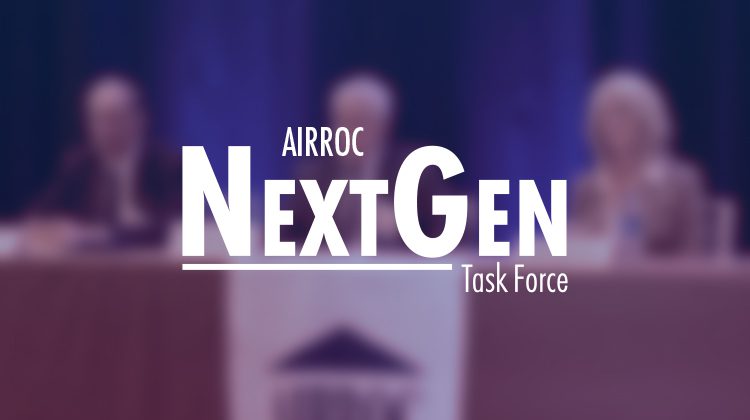Basics of Legacy Transactions: LPT’s and ADC’s

The NextGen Task Force hosted the closing educational session on March 30th at the AIRROC Spring Membership Meeting led by panelists Anna Dill and Jessica Groenewegen, brokers at TigerRisk’s Legacy Practice Team along with Dan Gerber, Partner at Gerber Ciano Kelly Brady, LLP. The trio of legacy specialists provided an excellent overview on the basics of loss portfolio transfers (LPTs) and adverse development covers (ADCs) with key examples of executed deals and the buyer motivations behind them.
With the legacy sector thriving, Anna Dill has observed an increase in client inquiries on the capital relief benefits offered by retroactive reinsurance transactions and presented five structures utilizing LPTs and ADCs to illustrate the types of deals getting done. In her first example utilizing a traditional LPT, the ceding company agrees to transfer unpaid liabilities to the acquiring company, generally subject to a limit. If losses exceed the reinsurance limit the claims financial responsibility reverts to the ceding company. To mitigate this risk of limit exhaustion, an ADC can be structured in conjunction with an LPT.
Citing a particular increase in ADC transactional activity, Anna compared various ADC structures, which are essentially a form of stop-loss protection and frequently done in conjunction with LPTs. Based on risk tolerance and strategic objectives, ADCs can be structured as “at-the-money”, “in-the-money”, “out-of-the-money” or as “hybrid-ventilated”. The first three correspond to the attachment point options of at current subject reserves, below reserves or above a defined retention, whereas the “hybrid ventilated” is a customized solution incorporating a combination of reinsurance with an intervening layer of self-insurance, akin to a corridor retention, creating a “vent” between the reinsured layers.
Next, Jessica Groenewegen presented five TigerRisk deals executed over the last two years as examples of client motivations including capital relief, reduced volatility, and/or removal of legacy distractions. Jessica elaborated on her firm’s involvement in the recent $335 million LPT/ADC agreement between JRG Re (a subsidiary of James River Group Holdings) and Fortitude Reinsurance Company. With a motivated client and counterparty, this significant deal was executed in record time commencing in October 2021 to successful conclusion in late February according to Jessica, summing it up as “an excellent process.”
With capital relief as a driver for buyer motivation in many transactions, Jessica referred to her exhibits comparing a low attaching ADC versus a higher attachment point with the former providing more sustainable capital relief than the latter over a twenty-year period. TigerRisk’s rating agency team looks at S&P and A.M. Best modeling to achieve optimal metrics for their clients in releasing trapped capital, focus on core operations and support growth initiatives without the distraction of managing legacy liabilities.
As a key takeaway, Dan Gerber added “knowing you need capital relief is not as simple as just saying you need it.” Achieving economic finality for clients involves understanding the key variables including regulatory requirements and investment guidelines up front to successfully take reinsurance credit. The expected capital benefits derived from a transaction can be diminished if the regulatory requirements are not understood by the parties involved nor factored in at the onset. For this reason, Dan explained that a transaction might require a New York Regulation 114 Trust or an equivalent regulation in another jurisdiction; however, additional costs may be incurred by one or both parties if the initial agreement on investment guidelines and allowable securities for transfer changes. Equally important, can the acquiring company meet the jurisdiction’s financial requirements, which may be more stringent than initially anticipated? In a subsequent email exchange, Dan confirmed “it entails understanding what risk is in a particular jurisdiction and what that jurisdiction requires to allow reinsurance credit.”
Please follow and like us:





